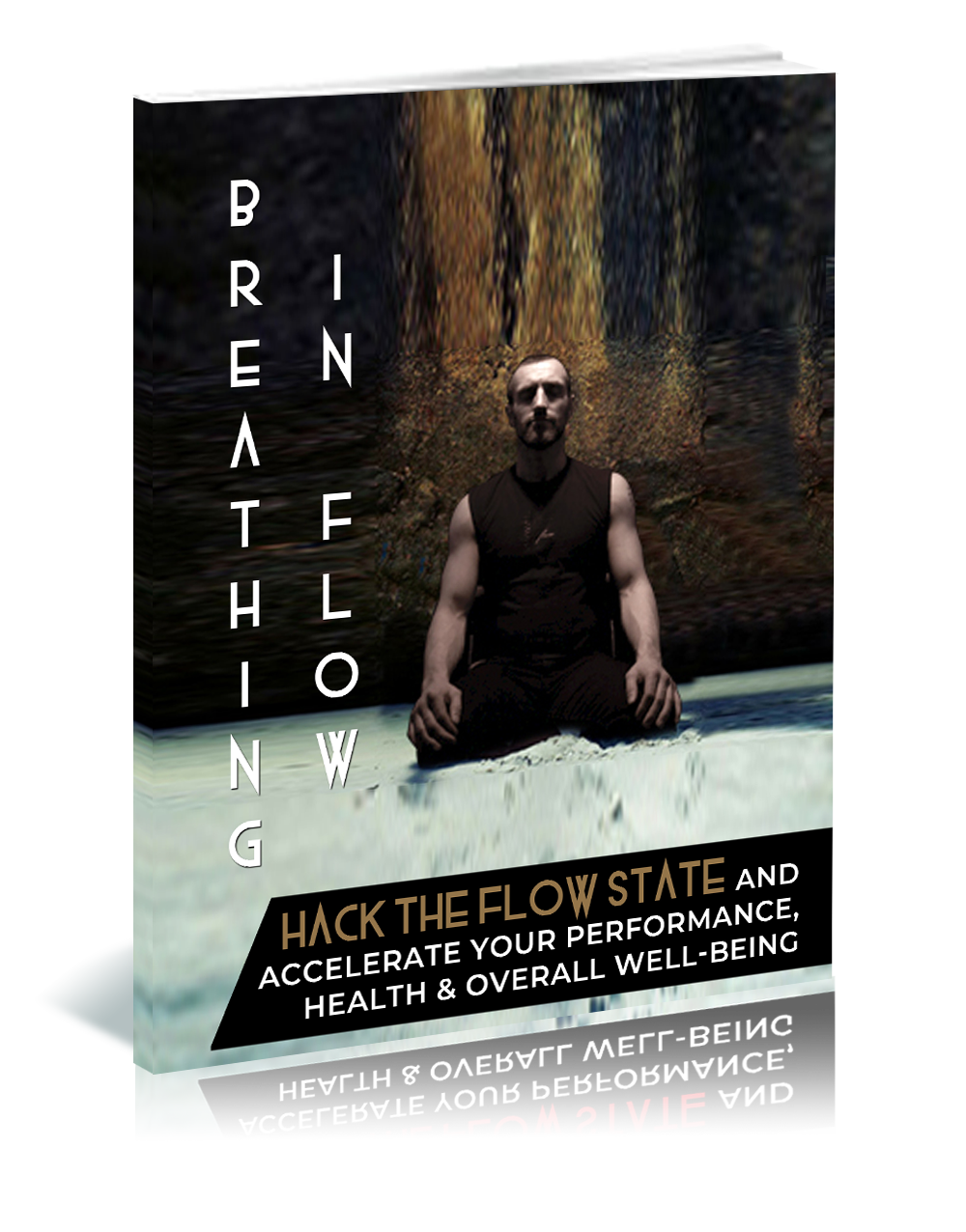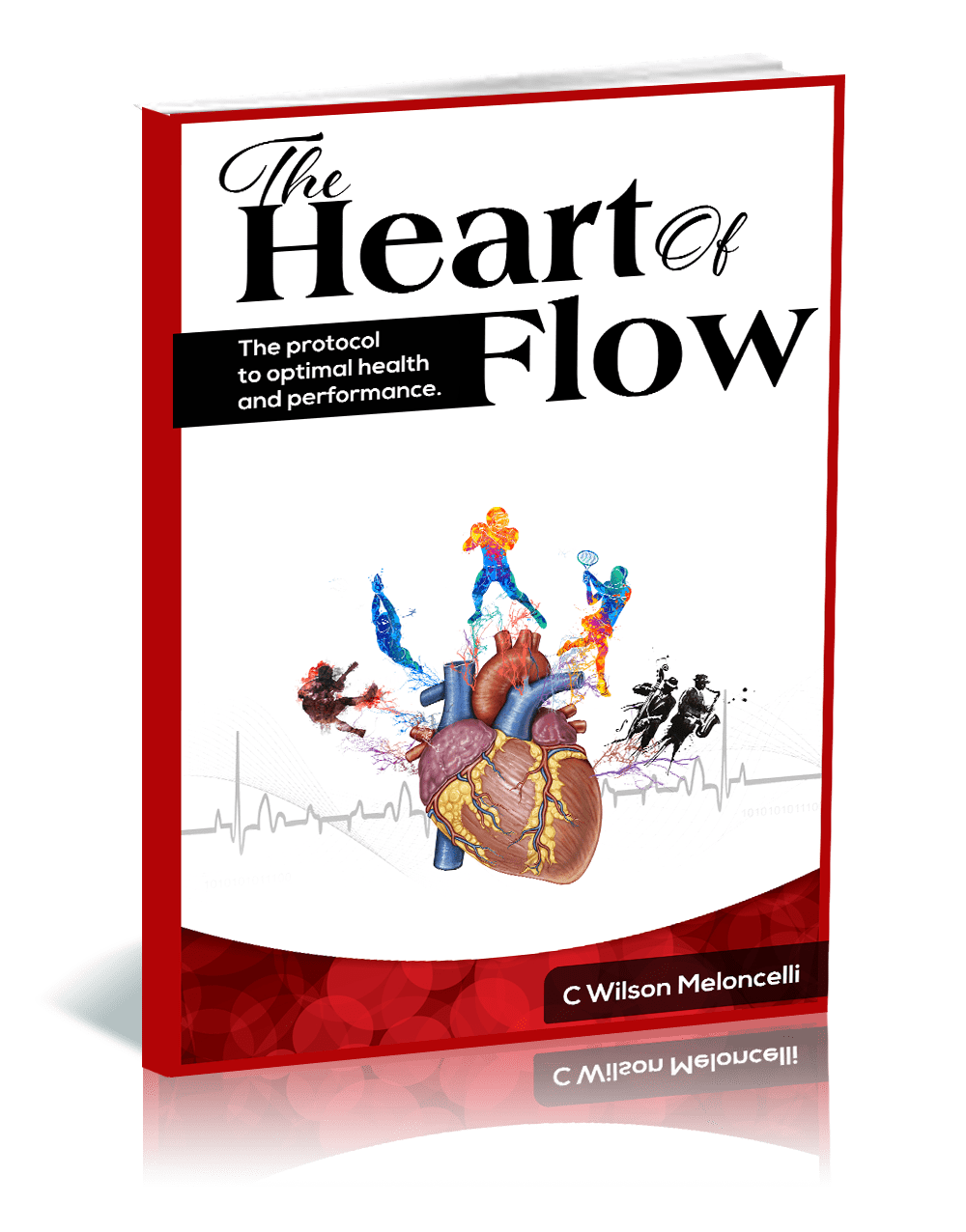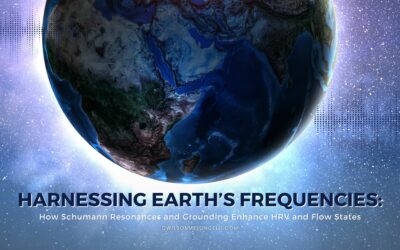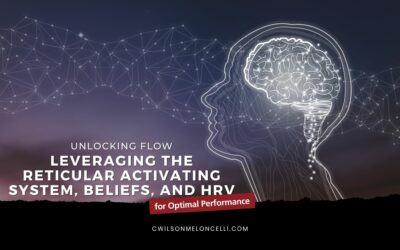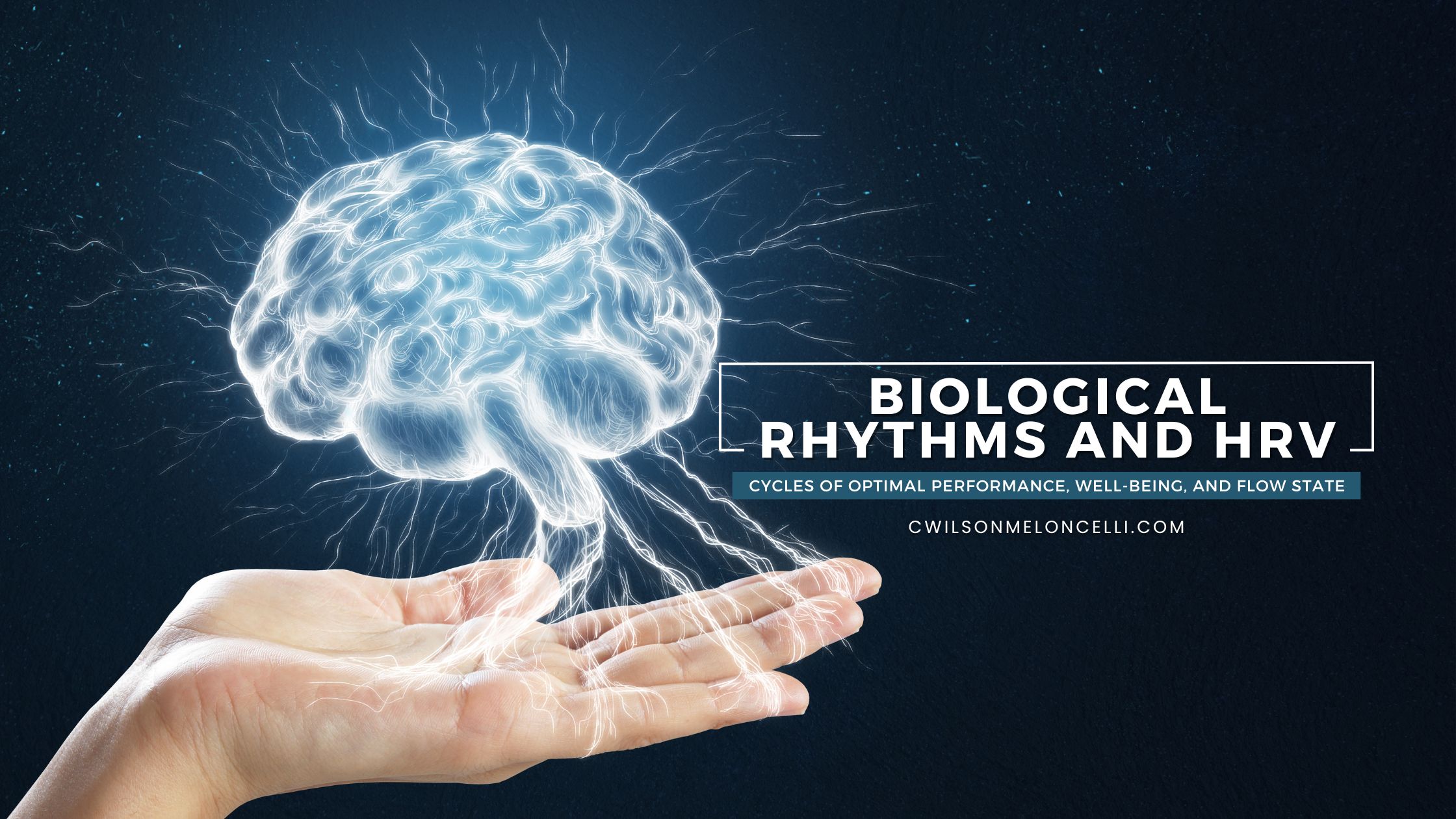
The law of rhythm posits that everything moves in cycles. This universal law manifests in various natural and biological rhythms that govern our lives, including circadian, ultradian, infradian, and circannual rhythms. Among these, solar and geomagnetic rhythms, influenced by solar activity and geomagnetic storms, significantly affect our physiological processes, particularly heart rate variability (HRV).
HRV, a key predictor of autonomic nervous system balance and psychological well-being, plays a crucial role in our ability to enter the flow state. This article delves into how these rhythms impact HRV and, consequently, our ability to achieve optimal performance and well-being.
Biological Rhythms and HRV
Circadian Rhythms:
Circadian rhythms follow a roughly 24-hour cycle, influenced by the light-dark cycle. They regulate sleep-wake cycles, hormone release, and other vital functions. HRV is typically higher at night due to increased parasympathetic activity, promoting rest and recovery, and lower during the day when sympathetic activity prepares the body for activity.
Ultradian Rhythms:
These rhythms are shorter than 24 hours and include cycles such as REM and non-REM sleep. HRV fluctuates within these cycles, reflecting the body’s regulatory processes during different sleep stages. Higher HRV during non-REM sleep indicates enhanced parasympathetic activity, essential for recovery and rejuvenation.
Infradian Rhythms:
Infradian rhythms span longer than 24 hours, such as the menstrual cycle, which affects HRV through hormonal fluctuations. Studies have shown variations in HRV across different phases of the menstrual cycle, impacting autonomic balance and overall physiological function.
Circannual Rhythms:
These annual cycles influence HRV based on seasonal changes. HRV tends to be higher in summer due to increased physical activity and sunlight exposure, which enhance parasympathetic activity. Conversely, winter months often see a decline in HRV, correlating with reduced sunlight and potential seasonal affective disorders.
Solar and Geomagnetic Activity and HRV
Impact of Solar Flares and Geomagnetic Storms:
Research indicates that solar flares and geomagnetic storms significantly impact HRV by altering autonomic nervous system activity. Increased solar wind and geomagnetic disturbances lead to physiological stress responses, evidenced by decreased HRV and heightened sympathetic activity. These changes can disrupt cardiovascular health and overall well-being.
Mechanisms of Influence:
The resonant coupling between human physiological rhythms and geomagnetic frequencies, such as Schumann resonances, provides a plausible explanation for these effects. The nervous system's alignment with these natural frequencies can influence autonomic regulation, thereby affecting HRV and, subsequently, cognitive and emotional states.
HRV and Flow State
Importance of HRV:
HRV is a critical measure of the autonomic nervous system's flexibility and adaptability. High HRV indicates a well-balanced autonomic nervous system, capable of efficiently transitioning between sympathetic and parasympathetic states. This balance is essential for achieving the flow state, characterized by deep focus, enhanced creativity, and optimal performance.
Flow State and Rhythms:
The ability to enter and maintain the flow state is influenced by biological rhythms and external environmental factors. Disruptions in HRV due to solar and geomagnetic activity can hinder one's capacity to achieve flow, as the body's stress responses and autonomic imbalances interfere with the mental clarity and emotional stability required for this optimal state.
Solutions: Working with Rhythms
Enhancing HRV:
To mitigate the impact of solar and geomagnetic disturbances on HRV and flow states, individuals can adopt practices that enhance autonomic balance. These include:
- Regular Physical Activity: Engaging in moderate exercise can boost HRV by enhancing parasympathetic activity and reducing stress.
- Mindfulness and Meditation: Practices like mindfulness and meditation have been shown to increase HRV by promoting relaxation and emotional regulation.
- Healthy Sleep Habits: Maintaining a consistent sleep schedule aligned with circadian rhythms supports autonomic balance and improves HRV.
- Adaptive Scheduling: Aligning daily activities with individual chronotypes and biological rhythms can optimize performance and well-being.
Monitoring Environmental Factors:
Being aware of solar and geomagnetic activity can help individuals anticipate and mitigate its effects. Tools and resources, such as geomagnetic activity forecasts, can provide valuable information for planning activities and implementing stress-reducing practices during periods of high geomagnetic disturbance.
Understanding the law of rhythm and its manifestation in biological cycles provides valuable insights into how external environmental factors, particularly solar and geomagnetic activity, affect HRV and our ability to achieve flow states. By aligning our activities with these natural rhythms and adopting practices that enhance HRV, we can optimize our physiological and psychological well-being, paving the way for greater resilience and performance in all areas of life. To learn more about utilizing HRV to prime your nervous system for the flow state watch this free tutorial.

References
- Frontiers | The connection between heart rate variability (HRV), neurological health, and cognition: A literature review (Frontiers).
- JCM | Free Full-Text | Heart Rate Variability in Sport Performance: Do Time of Day and Chronotype Play A Role? (MDPI).
- Study Shows Geomagnetic Fields and Solar Activity Affect Human Autonomic Nervous System Functions | HeartMath Institute (HeartMath Institute).
- Long-Term Study of Heart Rate Variability Responses to Changes in the Solar and Geomagnetic Environment | HeartMath Institute (HeartMath Institute).
- Solar and Geomagnetic Activity and their Effect on Human Physiology | BRMI (BRMI Institute).


